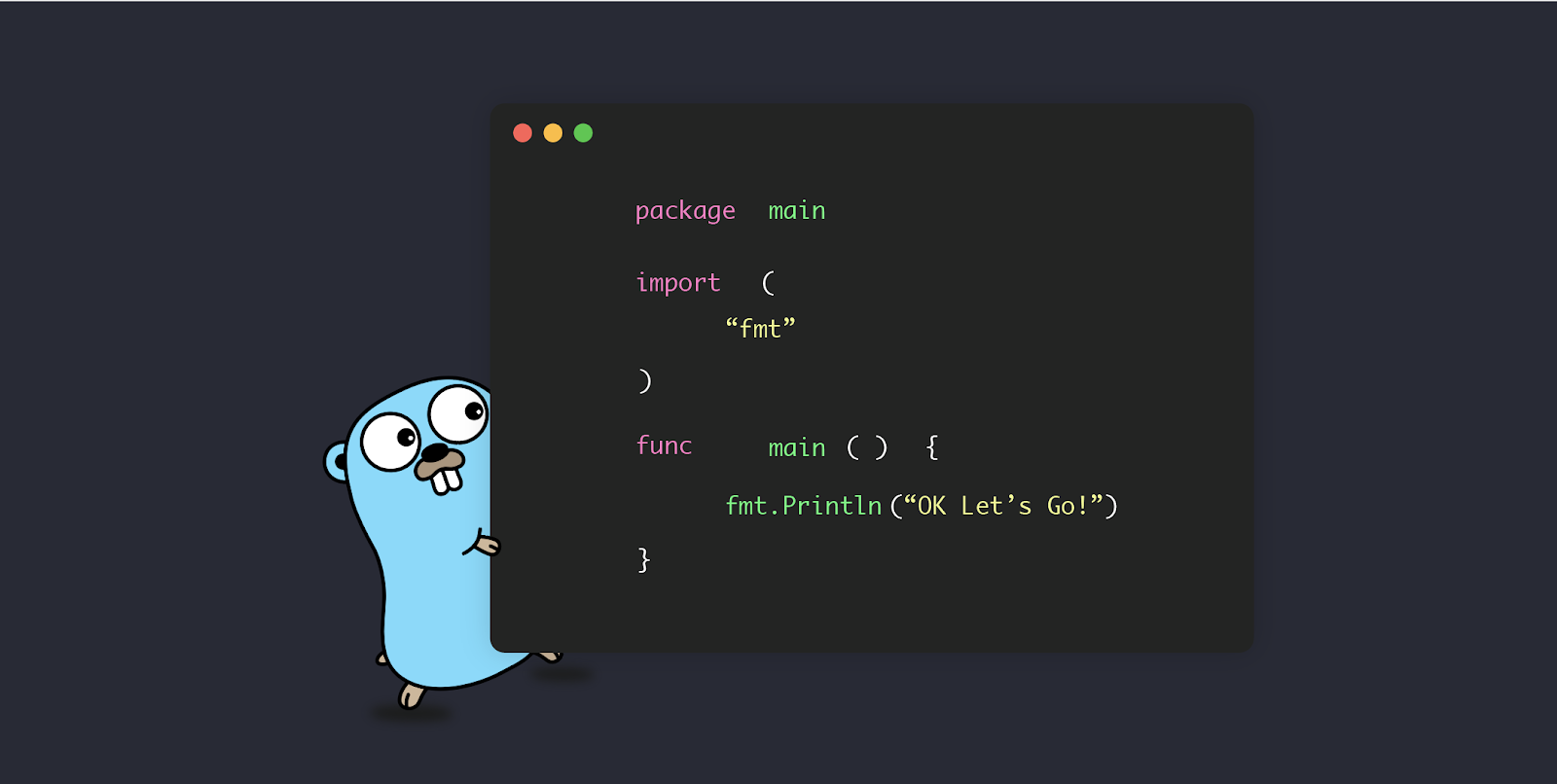Concurrency is at the core of the Go programming language's design, and it provides various tools to help you build efficient and responsive concurrent programs. One of these tools is the select statement, a powerful construct that allows you to work with multiple channels concurrently. In this blog, we'll explore the select statement in Go, its syntax, use cases, advantages, and best practices. Whether you're a newcomer to Go or an experienced developer, understanding how to use select effectively will enable you to harness the full potential of Go's concurrency model.
The Basics of the select Statement
The select statement in Go allows you to work with multiple communication channels simultaneously. It resembles a switch statement, but instead of evaluating conditions, it waits for channels to become ready for communication. When one or more channels are ready, the select statement chooses one at random (if multiple are ready) and executes the corresponding case.
Here's the basic syntax of a select statement:
select {
case <-channel1:
// Code to execute when channel1 is ready.
case data := <-channel2:
// Code to execute when channel2 is ready, and data is received.
case channel3 <- value:
// Code to execute when channel3 is ready for sending data.
default:
// Code to execute when no channel is ready.
}- The
<-channel1case is executed when data can be received fromchannel1. - The
<-channel2case not only checks if data can be received fromchannel2but also assigns the received data to thedatavariable. - The
channel3 <- valuecase is executed whenvaluecan be sent tochannel3. - The
defaultcase is executed when none of the channels are ready. It provides a non-blocking alternative to waiting indefinitely.
Use Cases for the select Statement
The select statement is valuable in various scenarios:
-
Multiplexing Channels: It allows you to combine the operations of multiple channels, selecting the first one that's ready to communicate.
-
Timeouts: You can use
selectto implement timeouts for channel operations, ensuring your program doesn't get stuck waiting indefinitely. -
Load Balancing: In scenarios with multiple workers and tasks to distribute,
selectcan help load balance tasks across available workers. -
Cancellation: It's useful for canceling ongoing operations when a cancellation signal is received from another goroutine.
-
Non-blocking Operations:
selectenables non-blocking communication with channels, preventing goroutines from waiting indefinitely for channel operations. -
Fan-Out and Fan-In: When distributing work across multiple goroutines and collecting results,
selecthelps manage the flow of data.
Advantages of the select Statement
Using the select statement offers several advantages:
-
Concurrent Coordination: It simplifies coordination between goroutines by allowing them to efficiently communicate and synchronize their activities.
-
Timeout Handling:
selectcan be used to implement timeouts for channel operations, preventing goroutines from waiting indefinitely. -
Concurrency Control: It provides fine-grained control over concurrent operations, allowing you to prioritize and manage communication with channels.
-
Non-blocking Operations:
selectallows non-blocking operations, which is essential for writing responsive and efficient concurrent code. -
Elegant Error Handling: You can handle errors and unexpected events gracefully using
select. -
Multiplexing:
selectis particularly useful for multiplexing multiple channels, helping to reduce complexity and improve code readability.
Best Practices for Using the select Statement
To make the most of the select statement in Go, consider the following best practices:
-
Document Intent: Clearly document the intent of each
selectcase to aid code readability and maintainability. -
Use a Default Case: Whenever you use a
selectstatement, include a default case to handle situations when no channel operation is ready. -
Avoid Deadlocks: Ensure that your
selectstatement doesn't introduce deadlocks by always considering the possibility of a default case. -
Avoid Busy Waiting: Be cautious when using an empty
select{}as it can lead to busy-waiting. It's typically better to use atime.Sleepor other synchronization mechanisms. -
Select with
close: Useselectin combination withcloseto gracefully terminate goroutines and handle cleanup. -
Error Handling: Properly handle errors and unexpected situations within your
selectcases to ensure robustness.
Conclusion
The select statement is a powerful tool in Go for managing concurrent communication and coordination between goroutines. By understanding its syntax, use cases, and best practices, you can write concurrent Go programs that are both efficient and robust. Whether you're building load balancers, implementing timeouts, or orchestrating multiple concurrent operations, the select statement empowers you to create responsive and efficient concurrent solutions in Go.
